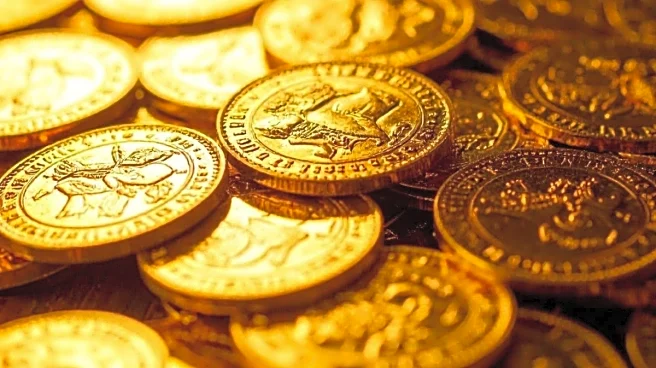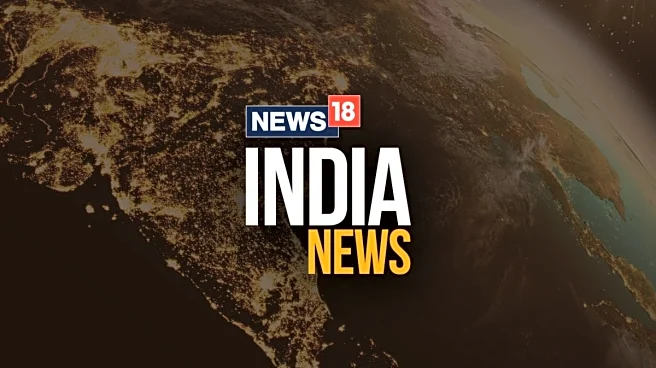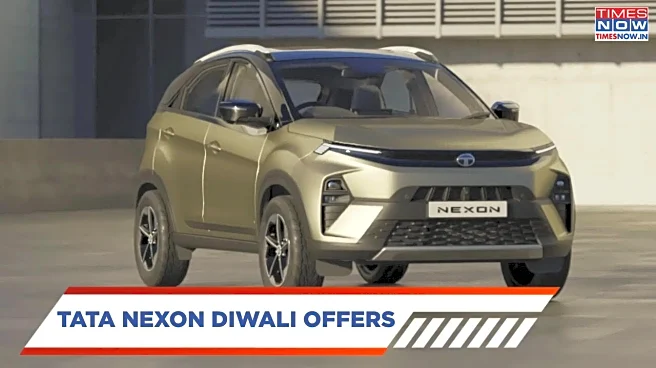What is the story about?
India’s festive season sales have ended on a high note, with e-commerce platforms reporting a 24% rise in order volumes and a 23% increase in gross merchandise value (GMV) this Diwali, according to data from Unicommerce. While traditional online marketplaces continued to see steady growth, quick commerce companies emerged as the biggest winners of the season.
Amazon, for instance, said its Great Indian Festival 2025 saw 276 crore customer visits, the highest ever. Premium smartphones, large-screen TVs, and other consumer durables drove the sales, registering double-digit growth. Categories like fashion and beauty also performed strongly, especially in tier-2 and tier-3 cities.
Saurabh Srivastava, VP of Amazon India, said, “Whether it’s in large-screen TVs, QLEDs, and mini LED TVs, they are growing much faster. Smartphones above ₹20,000 are growing 50% year-on-year. So, it's across, I would say. Large appliances, fashion, and beauty, health and personal care, some home and kitchen items, are seeing the strongest demand.”
However, the spotlight this festive season shifted to quick commerce platforms like Swiggy Instamart, Zepto, Blinkit, and Bigbasket, which together saw a 120% surge in order volumes. Swiggy Instamart’s first-ever sale, ‘Quick India Movement,’ recorded a triple-digit increase in sales of home décor, health, wellness, and fitness products, indicating a shift in consumer spending beyond groceries.
Consumers also relied on quick commerce apps for Dhanteras, with Instamart seeing a five-fold jump in gold and silver coin sales even before the pooja muhurat began. Bigbasket reported a 146% rise in gold coin sales and a 234% increase in silver coin sales compared to last year.
Seshu Kumar Tirumala, Chief Merchandising Officer at Bigbasket, said, “The fundamental shift is that customers previously had to plan well in advance for each festival, and if they missed the plan, then either they missed out on the festival or they had to go and search in the market and buy the items, which may or may not be available on the last day. Now because quick commerce is available, customers don't need to really worry about the plan, one day before they can check all the items and buy the entire range they want.”
According to Datum Intelligence, festive sales were estimated to grow 27% this year to cross ₹1,20,000 crore, with quick commerce platforms alone expected to clock $1.6 billion, double last year’s figure. Experts note that while consumer buying patterns are changing, e-commerce and quick commerce will continue to co-exist.
Satish Meena, Founder of Datum Intelligence, said, “I think one thing is very clear: for grocery items and a few long-tail categories, quick commerce is the first choice. But when you're looking for appliances, smartphones, fashion, and other categories, still e-commerce is where most of the spending goes. So, a little early, but in some categories, which are your household purchases, quick commerce will rule. That's the way customers are going to purchase those items, especially in the top eight to ten metros.”
From festive sweets and silver coins to large appliances and gifting, this Diwali has been largely digital. Analysts say Festive 2025 has been shaped by two major forces: affordability and instant gratification. While e-commerce continues to cater to big-ticket shopping, quick commerce has emerged as the surprise star, redefining festive shopping in India.
Amazon, for instance, said its Great Indian Festival 2025 saw 276 crore customer visits, the highest ever. Premium smartphones, large-screen TVs, and other consumer durables drove the sales, registering double-digit growth. Categories like fashion and beauty also performed strongly, especially in tier-2 and tier-3 cities.
Saurabh Srivastava, VP of Amazon India, said, “Whether it’s in large-screen TVs, QLEDs, and mini LED TVs, they are growing much faster. Smartphones above ₹20,000 are growing 50% year-on-year. So, it's across, I would say. Large appliances, fashion, and beauty, health and personal care, some home and kitchen items, are seeing the strongest demand.”
However, the spotlight this festive season shifted to quick commerce platforms like Swiggy Instamart, Zepto, Blinkit, and Bigbasket, which together saw a 120% surge in order volumes. Swiggy Instamart’s first-ever sale, ‘Quick India Movement,’ recorded a triple-digit increase in sales of home décor, health, wellness, and fitness products, indicating a shift in consumer spending beyond groceries.
Consumers also relied on quick commerce apps for Dhanteras, with Instamart seeing a five-fold jump in gold and silver coin sales even before the pooja muhurat began. Bigbasket reported a 146% rise in gold coin sales and a 234% increase in silver coin sales compared to last year.
Seshu Kumar Tirumala, Chief Merchandising Officer at Bigbasket, said, “The fundamental shift is that customers previously had to plan well in advance for each festival, and if they missed the plan, then either they missed out on the festival or they had to go and search in the market and buy the items, which may or may not be available on the last day. Now because quick commerce is available, customers don't need to really worry about the plan, one day before they can check all the items and buy the entire range they want.”
According to Datum Intelligence, festive sales were estimated to grow 27% this year to cross ₹1,20,000 crore, with quick commerce platforms alone expected to clock $1.6 billion, double last year’s figure. Experts note that while consumer buying patterns are changing, e-commerce and quick commerce will continue to co-exist.
Satish Meena, Founder of Datum Intelligence, said, “I think one thing is very clear: for grocery items and a few long-tail categories, quick commerce is the first choice. But when you're looking for appliances, smartphones, fashion, and other categories, still e-commerce is where most of the spending goes. So, a little early, but in some categories, which are your household purchases, quick commerce will rule. That's the way customers are going to purchase those items, especially in the top eight to ten metros.”
From festive sweets and silver coins to large appliances and gifting, this Diwali has been largely digital. Analysts say Festive 2025 has been shaped by two major forces: affordability and instant gratification. While e-commerce continues to cater to big-ticket shopping, quick commerce has emerged as the surprise star, redefining festive shopping in India.
Do you find this article useful?
/images/ppid_59c68470-image-17609776293148416.webp)

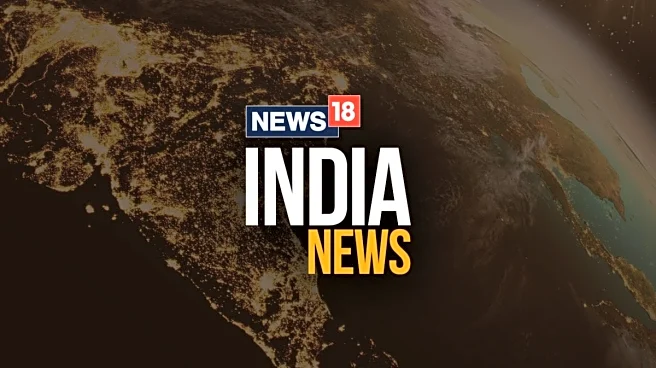
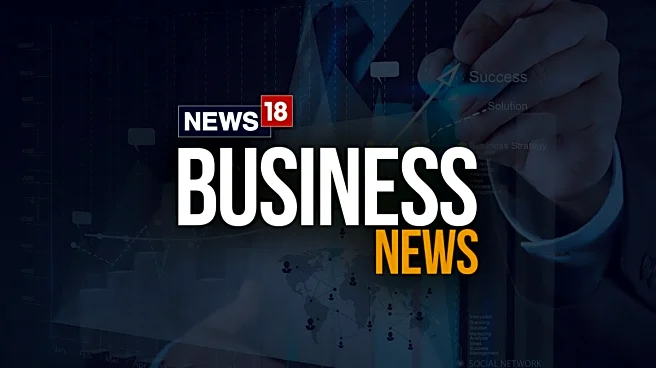

/images/ppid_a911dc6a-image-176096122486083389.webp)

/images/ppid_a911dc6a-image-176096202954275772.webp)
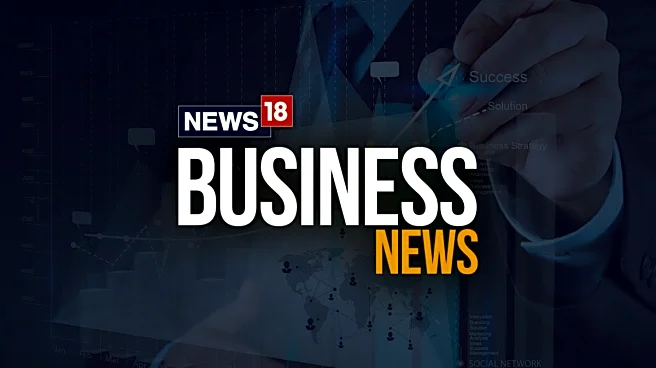

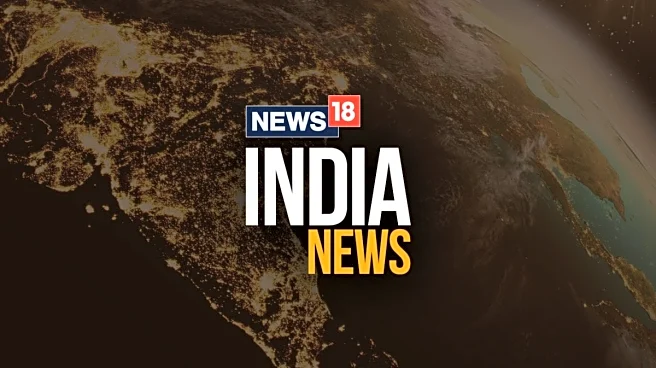
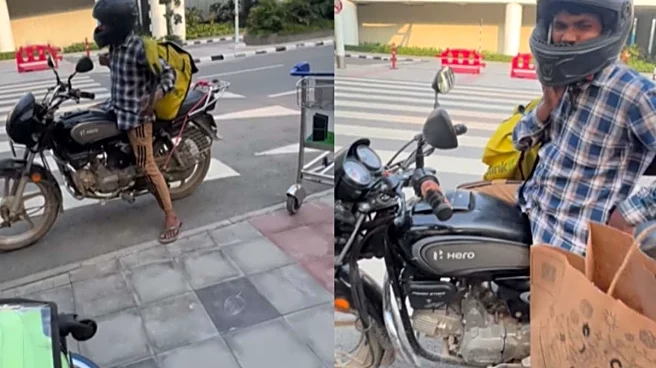
/images/ppid_59c68470-image-176077752988322698.webp)
